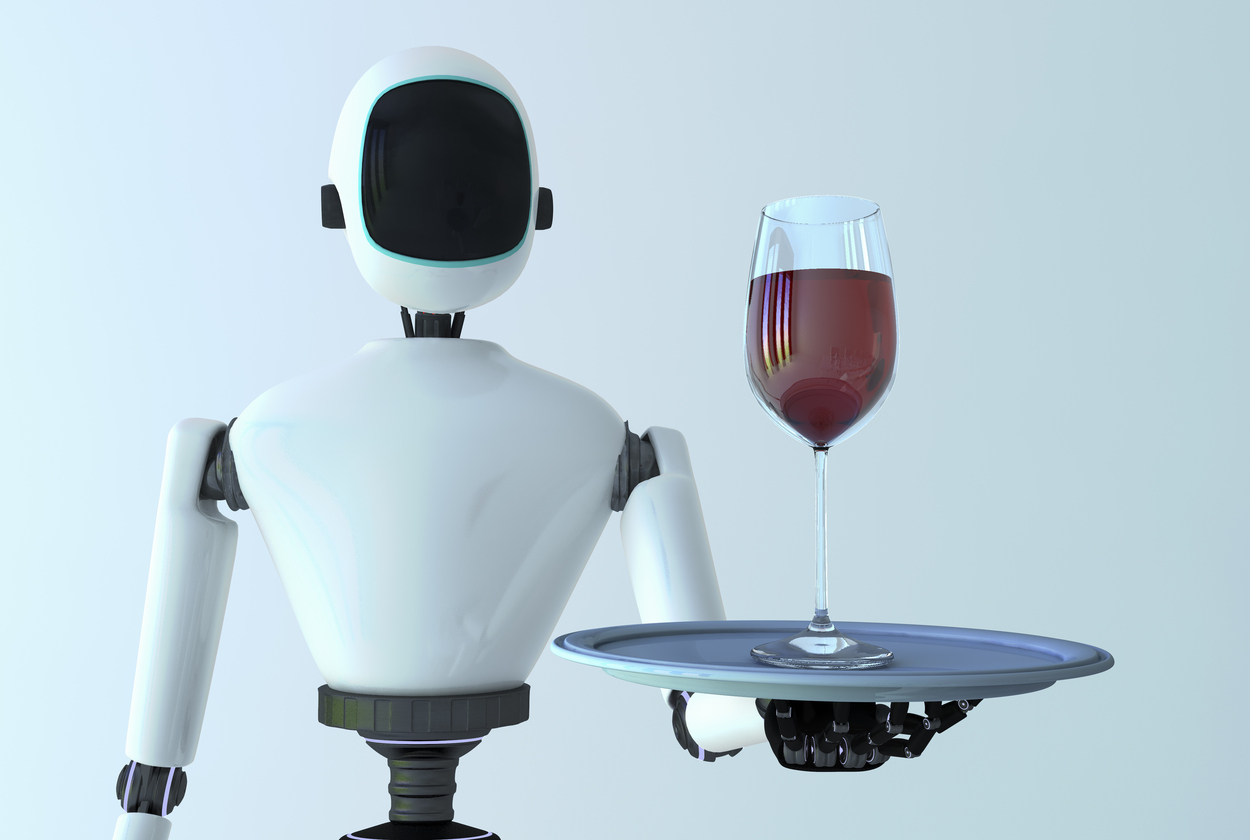According to AI, ChatGPT specifically, AI, or Artificial Intelligence, refers to the simulation of human intelligence in computer systems, enabling them to perform tasks that typically require human intelligence, such as learning, reasoning, problem-solving, and decision-making.
So, does that mean AI is going to take all the jobs? No… but it could mean those who don’t embrace AI will be replaced with those who do. AI should complement, not replace people and traditional marketing.
If we do embrace AI, then how do we do so? And how do we avoid sounding like ‘AI’? First, play with it. Try things on a personal level like meal planning, grocery list compiling, finding a place to live, dating, health care, and more. Playing with it on a personal level is less intimidating for many. ChatGPT is NOT a search engine or a data storage but rather an effective tool to apply to our own data and find patterns or brainstorm beyond what we can personally come up with. To get the best results, we need to better understand how to use AI.
Where to find AI
There are plenty of AI tools available for you to try. Here are a few that we’ve worked with:
- ChatGPT (chat.openai.com) – the OG, great for marketing strategies, calendar planning, copy, etc.
- Bard (bard.google.com) – a chat-based AI from google, great for auto responses to customers.
- CopyAI (Copy.ai) – simple and easy to navigate for marketing, content planning and copy.
Prompts
Using AI to the best of its ability means understanding how it works and ways to get what you need from it. Imagine AI as your newest employee or intern. While you can give them a task, the more context you give him/her the better the results – same with AI. For example, asking a new employee to write a blog about your winery will produce results, but until they know about your brand, your story, your voice, they will never be able to produce quality results. Prompts are statements, questions or ways to generate creativity, reflection or engagement. Here are some best practices for prompts:
- Talk to the AI like they are an actual person. Be polite, friendly and get that kind of result back. “Can you make me a monthly marketing plan for …”
- Lead with context (like a new employee, give parameters) and then follow up with detailed prompts. “We are a casual winery. Can you make me an email with a casual tone that says…”
- Request ChatGPT AI to provide the results in the manner you want – a table, memo, overview, blog, etc. and how long you want the response/results to be. “I need a 450-word blog about harvest this year…”
- To generate more ideas, ask AI follow-up questions related to the original prompt. “What winery terms need to be explained? How can I integrate wine club info in this email?”
- Ask the AI to assume an identity or profession. “Write this as an HR manager or attorney or friendly and knowledgeable tasting room host.”
- Feel free to re-ask the question. AI will often change its answer with each ask.
Once we get better and better at creating and fine-tuning our prompts, keeping a record of the responses and your parameters for later use is valuable. Remember – the better the data, the better the results.
Ways to Play
There are several ways wineries are already using AI with their businesses – from marketing to HR to business analytics and more. Here are some considerations about ways you can start using AI to create more efficiencies and expand creativity.
Marketing – Efficiencies
AI-driven technologies like chatbots and virtual assistants offer round-the-clock customer support, handling common inquiries, aiding in wine selection, and streamlining order processing. Marketing automation powered by AI simplifies tasks such as email campaigns, social media scheduling, and targeted advertising, ensuring consistent execution while saving time and resources. AI’s data analysis capabilities efficiently process extensive datasets, offering actionable insights and predictive analytics for anticipating trends and customer behavior. Additionally, social media sentiment analysis enables wineries to monitor customer sentiment and feedback in real-time, informing strategic adjustments in marketing and product.
Marketing – Engagement
- Enhanced Customer Engagement: AI-driven chatbots, recommendation systems, and personalized marketing efforts enhance customer engagement. When customers feel understood and valued, they are more likely to remain loyal and make repeat purchases.
- Customer Segmentation: AI can analyze customer data to segment the database effectively. By understanding different customer segments and their preferences, wineries can tailor marketing campaigns to specific groups, improving the relevance of their messages and offers.
- Personalized Recommendations: AI-powered recommendation systems can examine customer purchase history, preferences, and browsing behavior to provide personalized wine recommendations. This enhances the customer experience and increases the likelihood of sales. (Think about your Amazon home page.)
Marketing Content – Creative:
Marketing content is a never-ending need, but writer’s block is real, especially when we’ve been doing the same job for a while. Using AI to help flesh out ideas or take them in a different direction is one of the great benefits of AI. We can do this for blogs, sales and marketing collateral, newsletters, website content (ask ChatGPT to write it for better SEO), social media copy, email copy, survey creation, and more. Images for the website, social or sales collateral can also be generated or edited with AI.<
- Email: Use AI for automated email campaigns, A/B test ideas and automation, content creation, personalization, and predictive analytics.
- Social: Use AI for content creation, slogans and hashtags, photos and sentiment analysis.
These ideas are just scratching the surface of ways wineries are using AI currently – or considering using. At the end of the day, we need to be the ultimate expert of the content we are producing, so while AI can help, we need to be the final signoff on what we publish. It’s important to use AI as a jumping off point, make edits and changes to reflect your wineries brand and style. Be sure to run tests on a small scale before a large marketing launch. Lastly, measure your ROI by confirming efficiencies and speed of project completion. Make sure using AI is good for your winery’s reach, customers and employees.




